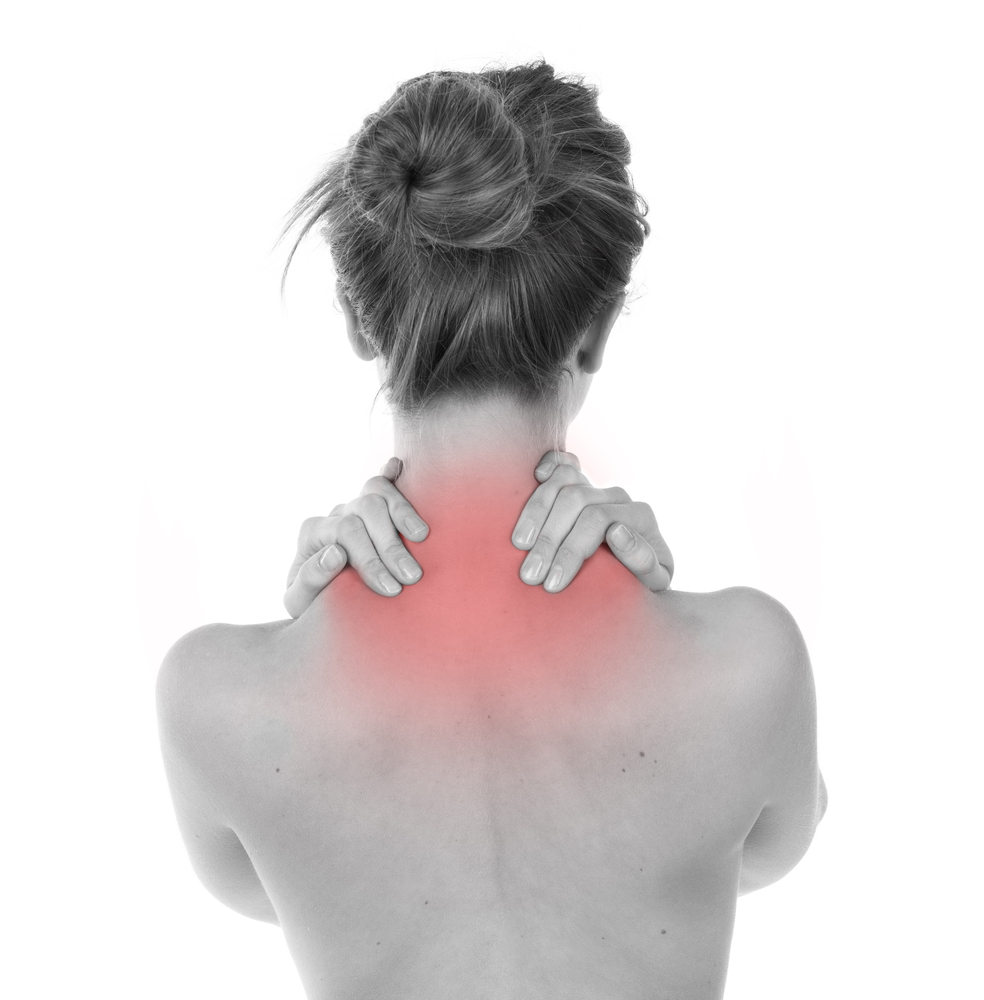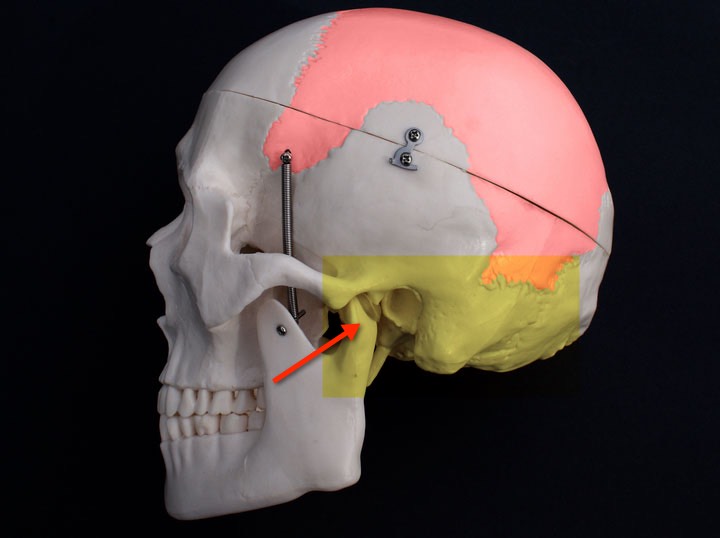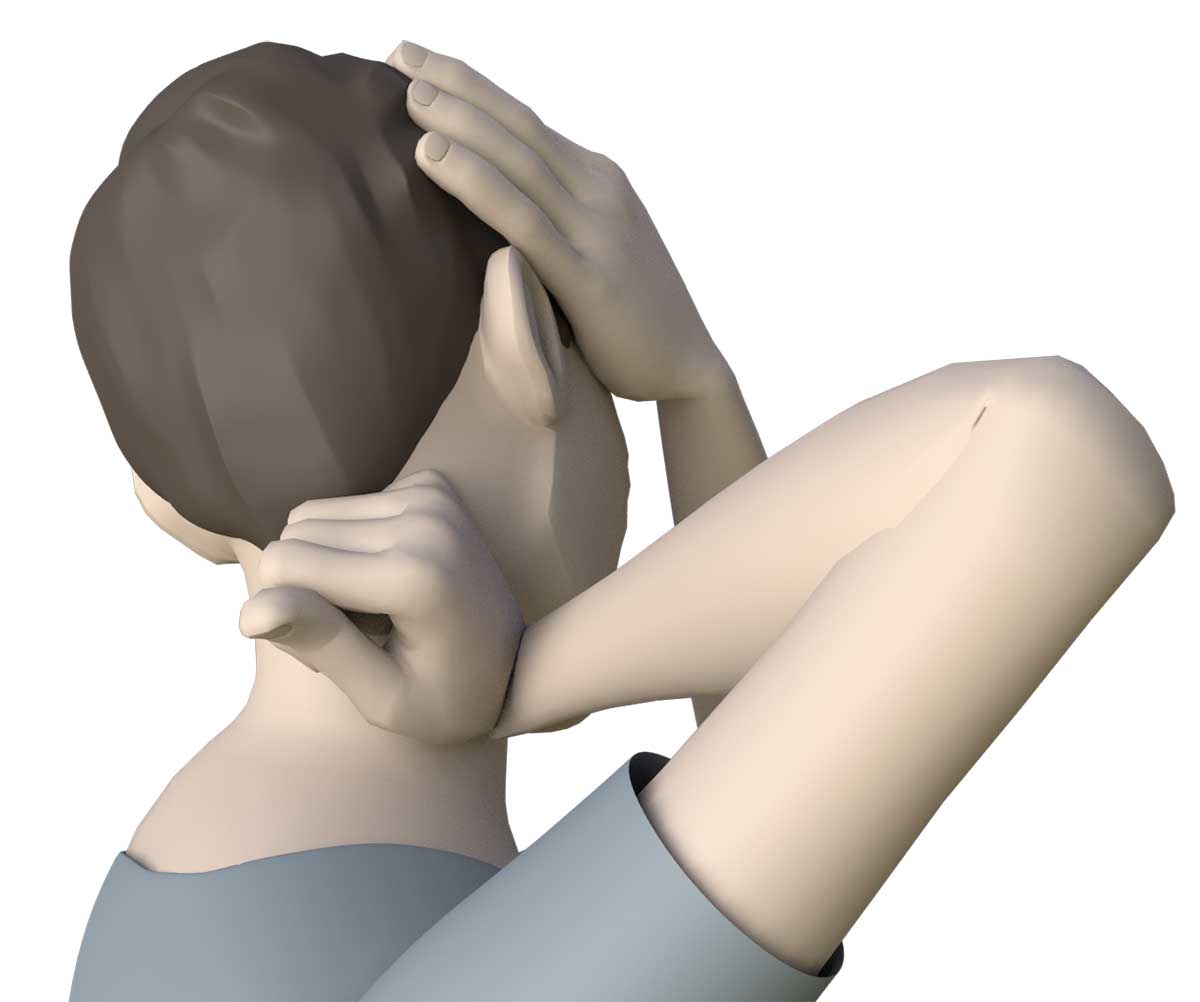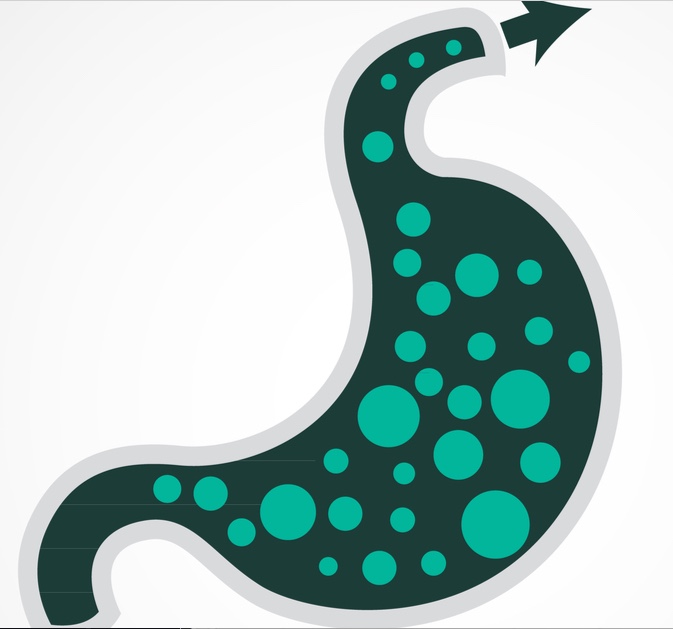- Neck Pain Relief Stretches Video
- Opposing forces neck stretch
- My neck hurts self-massage video
- Trapezius muscle massage
Ear pain and neck pain often come together.
Pain under right or left ear or even both ears and down the neck when turning your head even slightly can make your life miserable.
This pain radiates in the neck area to the left or right side of the skull and just won’t go away no matter what you do or who you ask.
The thing with radiating pain is that it makes it hard to pinpoint: the list of symptoms associated with that type of pain is quite extensive.
Pain Below the Ear and Down the Neck Stretch
Symptoms of pain behind ear and down the neck
- pressure in top of skull
- pressure inside the skull
- pressure in ears and head
- pressure in the back of the neck
- head pain on right side or left side (or both sides)
- pain on top of head
- tension headache and shoulder pain
- pain under jaw and ear
- ear pain and headache
- sharp pain in either side of the neck
It won’t take long before you start experiencing constant headaches (tension headaches actually) because of this pain under your ears.
And just because you sleep on your side, you wake up in the morning with severe pain in the head, pain in the skull, stiff neck, pain in the shoulders and the upper back, and you have no idea where it comes from or what to do about it.
You have seen a couple of doctors or physical therapists but they can not help much.
Doctors will prescribe medications and rest but that doesn’t really do anything or if it does, you can not just spend the rest of your life taking pain-pills.
Physical therapists will prescribe exercises, stretches, massage therapy but again, this pain under your ear just won’t go away.
Causes of pain behind ear and down the neck
- Degenerative disc disease & degenerative vertebrae disease both in the cervical spine & thoracic spine. This includes Osteophytes (also known as bone spurs: bony projections that form along joint margins).
This one is the cause for my left neck pain.
- Bulging disc in the neck: C5-C6. This particular disc is damaged and is protruding in the spinal column, causing inflammation and pain. I can feel the pain on the spot, but this bulging disc could also be responsible for the constant headaches & tinglings.
This one is the cause for my right neck pain.
- Disc herniation in the thoracic spine (D5-D6). That would explain why I have the feeling that someone is sticking a finger between my shoulder blades & won’t let go.
- Eagle syndrome on both sides of the skull
- TMJ dysfunction
- Silent Reflux
- Splenius Capitis – Cervicis disorder
All these causes of pain behind the ear and down the neck were diagnosed consequently to an MRI I had, for that purpose.
Trapezius muscle massage
If you have tried everything, you may want to try this trick: it won’t cost you anything and, if you’re lucky, it will help and you’ll get some pain relief for a few hours or more.
All you need is something (I use a small book) to apply pressure to your trapezius muscle and a flat surface like a wall or a chair with a high backrest: I do this in the car and it works like magic. I can drive like that, no problem.

I place the book around the red area illustrated on the picture (that’s where the trapezius muscle is).
Then I press my back against the flat surface: I don’t press very hard actually: just enough to make sure that when I turn my head, whatever it is in my trapezius muscle that causes that pain under my ears, is blocked by that pressure.
Because it hurts below both ears when I turn my head, I do this like 10 minutes on the left side, then 10 minutes on the right side.
While the book is between my traps and the flat surface, I turn my head: if the pain below the ear is still there, I reposition the book (it’s actually close to the top of the shoulder) and when I find the right spot, the pain just goes away after a few minutes: I can turn my head like 90° and stay like that as much as I want, the pain has gone!
Neck stiffness remains of course, but it’s not so painful and at this point, it’s a relief.
Splenius Capitis muscle massage
We are told to stretch our neck several times a day to make this pain go away but I have the feeling that this stretching thing is only making things worse.
This picture of the upper back shows exactly what this neck pain problem is about.

Those are the reasons why your neck hurts when you turn your head and also why you may feel constant headache (or tension headache, if you prefer). The tension headache is that feeling that something is compressing your head and nothing can make it go away: you may take some pain killers and if you’re lucky, pain or some of the pain will go away, but the tension remains.
So, back to the splenius capitis: using your thumb and your index finger, look for a tiny painful muscle that goes from the neck to the bottom of the skull: it hurts like hell, so you should find it in seconds.
Got it?
Pinch it, roll it, massage it for as long as you can
Now, pinch it, roll it, massage it as much and for as long as you can until it starts hurting less (I suggest you lie down to do this because this may take a while and cause some tension & stress in your arm or shoulder).
Generally speaking, you should never keep your arms lifted for a long period of time, especially if your neck hurts or if you suffer from shoulder pain, or back pain either.
Like for the most of us, our poor friend here doesn’t have a clue of what to do about the pain and is massaging the wrong area.

When you’re done massaging the splenius capitis on one side, start massaging it on the other side.
Hopefully it’s not just me so, go ahead and try it out.
Opposing forces neck stretch
If your neck hurts when you turn your head, try this stretch:
- 1. Apply pressure with your hand right where it hurts
- 2. Keep pushing with your hand & apply opposite force with your head
- 3. Use your free hand to push in the same direction as your first hand.
Hold for 30 seconds.

This pin from my Pinterest board shows the neck pain relief exercise (right side).
If you have neck pain in the left side, just mirror the movements and it will work as well.
Neck pain, ear pain & TMJD
Ear pain is a known symptom of TMJ dysfunction.
TMJ stands for temporomandibular joint: this joint connects the lower part of the jaw to the skull somewhere around the region of the ears (on both sides of the head, obviously.)
 Temporomandibular joint dysfunction (TMD, TMJD) is an umbrella term covering pain and dysfunction of the muscles of mastication (the muscles that move the jaw) and the temporomandibular joints (the joints which connect the mandible to the skull).
Temporomandibular joint dysfunction (TMD, TMJD) is an umbrella term covering pain and dysfunction of the muscles of mastication (the muscles that move the jaw) and the temporomandibular joints (the joints which connect the mandible to the skull).
The most important feature is pain, followed by restricted mandibular movement,[2] and noises from the temporomandibular joints (TMJ) during jaw movement. Although TMD is not life-threatening, it can be detrimental to quality of life, because the symptoms can become chronic and difficult to manage.
Source: Wikipedia Temporomandibular joint dysfunction

As seen on the image above, the TMJ connects to the skull at a point very close from the ear: it’s easy to understand why malfunctioning of the TMJ would be the root cause of ear pain, mastoid process pain, occipital bone pain and even facial pain. And these types of pain are likely to be responsible for tension headaches.
So, if you have already been diagnosed with TMD (temporomandibular joint dysfunction), this is a lead you need to follow, to try and find a reason for you ear pain and why your neck hurts.
If you haven’t been diagnosed with TMD or TMJ syndrome, you should see a doctor (stomatologist is the for TMD’s treatment).
If you’re in pain while lying in bed and feel some discomfort somewhere in the upper part of the body but can’t pinpoint exactly where it hurts, try putting something rigid between your jaw and your pillow (a small book can do the trick).
This always gets me some relief.
My neck hurts: neck pain self massage video
So I assume you’ve tried everything to ease the pain in your neck, including neck massages. But…
Have you ever tried massaging your neck with the other hand ?
And by the other hand, I mean: if you massage the left side of your neck, then do it with your right hand.
You get a much better grasp of the painful area by massaging with the opposite hand and the pain goes away within minutes (at least for me)
I hope it works for you too, so try it out and let me know how it goes.
Follow-up
If you still haven’t found any solution to your head or neck problems, you should consider seeing a neurologist before things get even worse.
I’ve written a follow-up post, after having seen several doctors who told me these constant headaches & neck pain where related to a poor posture
I also had an auricular therapy session: you want to know how it went ? You can read my honest opinion about ear acupuncture here.
2019 – Eagle Syndrome!
Eagle syndrome (also termed stylohyoid syndrome is a rare condition commonly characterized but not limited to – sudden, sharp nerve-like pain in the jaw bone and joint, back of the throat, and base of the tongue, triggered by swallowing, moving the jaw, or turning the neck.
The condition is caused by an elongated or misshapen styloid process (the slender, pointed piece of bone just below the ear) and/or calcification of the stylohyoid ligament, either of which interferes with the functioning of neighboring regions in the body, giving rise to pain.
Source Wikipedia: Eagle Syndrome

At first, it seemed unlikely because eagle syndrome is a rare condition (or so they say) but then I started to realize that the more I was trying to find a way to trigger the pain, the more it made sense.
Once you know where to look, it’s pretty obvious.
Using my left thumb, I started pushing where the pain was sharpest and there you go.
Push as much as you can and for as long as you can: the pain will somewhat decrease.
Not enough to completely solve the problem, but it was more than just nothing.

You can get even more neck pain relief using both your thumbs and applying more pressure.
HEADS UP!
Do this at your own risk, and if you do, be very careful while doing this!
Depending on your condition, you can potentially increase your problem rather than solving it.
I recommend trying this with a physical therapist.
Eagle Syndrome treatment: EAS
The classic treatment for Eagle Syndrome is surgery: Endoscope-Assisted Styloidectomy (EAS).
According to this study composed of 133 patients, 80.5% undergoing EAS achieved complete relief of symptoms, & 15% achieving partial relief.
There are several possible procedures and it’s not the point of this article to go into detail about that as I did not go through with this and I’m not a doctor, but you can read more about Styloidectomy here.







Comments are closed.